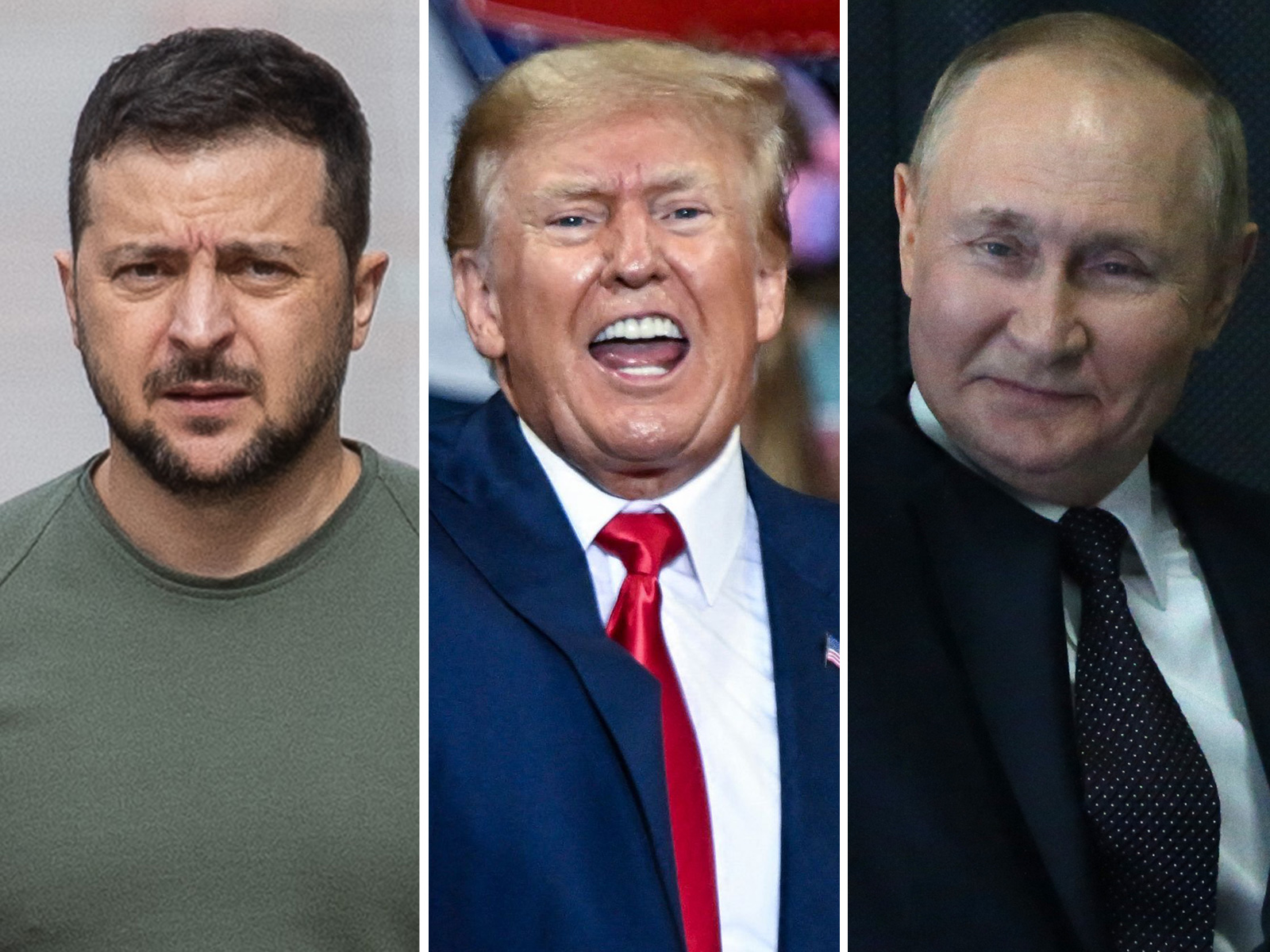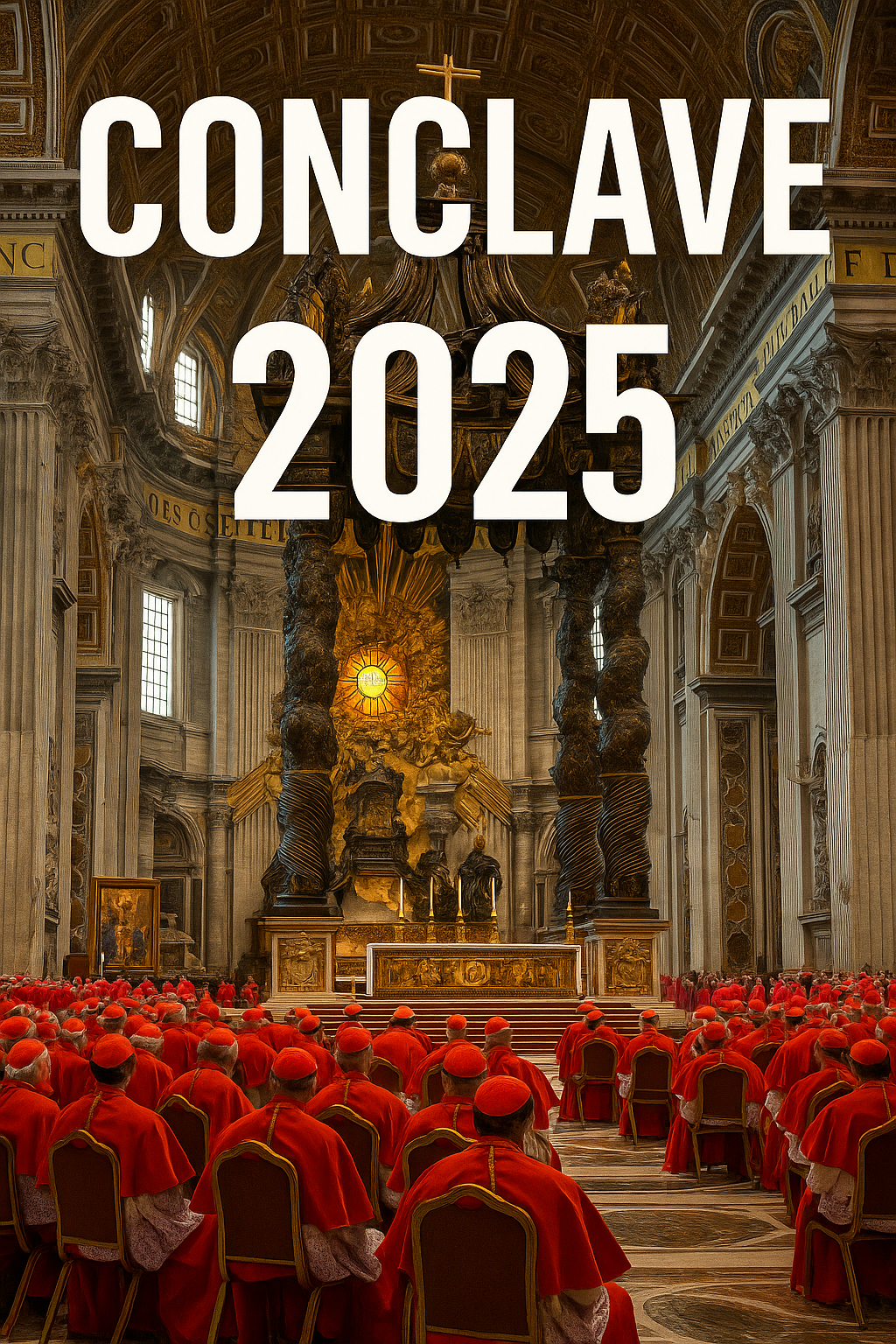The geopolitical landscape in Eastern Europe is shifting rapidly as negotiations concerning Ukraine’s future gain momentum. With recent statements from the Trump administration, European leaders are increasingly worried about the role they will play in these crucial discussions. The meeting in Paris, which brought together key European powers, underscored a growing concern: ensuring Ukraine’s security while navigating shifting alliances and the unpredictable positions of global superpowers.
Europe’s Role in Negotiations
France, Germany, and Britain have emphasized that any peace negotiations must include European nations. Their joint statement following the Paris meeting reiterated that Ukraine and Europe should have a say in shaping any agreement. This insistence comes in response to a direct conversation between Donald Trump and Vladimir Putin, in which they seemingly set the stage for negotiations without involving key European stakeholders.
European leaders are particularly alarmed by comments from US Defense Secretary Pete Hegseth, who dismissed the possibility of Ukraine regaining its pre-2014 borders and ruled out NATO membership for Kyiv. This marks a significant departure from previous Western commitments to Ukrainian sovereignty and independence. Instead, Hegseth suggested that security should be maintained by European and non-European forces—without US military involvement.
Poland’s Perspective and Transatlantic Relations
Poland, historically one of Ukraine’s strongest allies in Europe, has taken a firm stance on the need for continued transatlantic cooperation. Foreign Minister Radoslaw Sikorski emphasized that close US-Europe ties remain the best security guarantee for the continent. However, with the US signaling a reduced role in Ukraine, Poland and other frontline states may have to bear a greater burden in providing military aid and security guarantees.
While Poland has been at the forefront of supporting Ukraine with military aid, the lack of a clear US commitment creates uncertainty. If European nations are expected to step up in Ukraine’s defense, Poland’s position as a frontline state will become even more critical. This could mean increased military spending, deployment of forces, and potential risks associated with direct involvement in Ukraine.
The Military and Security Challenge
President Volodymyr Zelenskyy has stated that a post-war deterrence force in Ukraine would need to be between 100,000 and 150,000 troops. However, Europe currently lacks the capacity to field such a force independently. A senior European diplomat admitted that, while the US refusal to send troops is clear, European nations must find a viable security alternative.
One major concern is that, without NATO’s Article 5 guarantee, any European-led security force in Ukraine would not be covered under the alliance’s collective defense umbrella. This means that any deployment of British, French, or Polish troops would rely solely on bilateral or multilateral agreements rather than NATO protection. Such an arrangement could expose European countries to heightened risks, including direct confrontation with Russia.
The Risk of a Preemptive Settlement
The Trump administration’s approach, described by some European diplomats as a “premature surrender,” raises concerns that Ukraine may be forced into an unfavorable settlement. By ruling out NATO membership and limiting military assistance, the US may be signaling to Russia that it can dictate terms more easily.
Some European leaders fear that this approach could embolden Moscow, leading to greater demands and a settlement that fails to secure long-term peace. If Ukraine is pressured into accepting a ceasefire that does not include firm security guarantees, the conflict could become frozen rather than resolved, leaving Ukraine in a vulnerable position similar to Georgia and Moldova.
Economic and Political Ramifications for Europe
Beyond security concerns, the future of Ukraine will have significant economic and political consequences for Europe. A divided or weakened Ukraine could destabilize Eastern Europe, creating economic uncertainty in Poland and other neighboring countries. This would impact trade, energy security, and migration patterns.
Moreover, European unity is at stake. If the US continues its disengagement from Ukraine, European countries may struggle to form a cohesive strategy. Disagreements on military commitments, economic aid, and diplomatic approaches could widen fractures within the EU, potentially weakening its collective influence on global security matters.
Looking Ahead: Possible Scenarios
- Europe Takes the Lead: If the US withdraws from military commitments, European nations might take a more assertive role in Ukraine’s defense. This could involve establishing a multinational security force, increasing military spending, and providing stronger diplomatic backing for Kyiv. However, this scenario would require significant political will and financial resources.
- A Divided Europe: If European nations fail to reach consensus on Ukraine, disagreements over strategy could weaken the EU’s collective response. Some countries might advocate for peace at any cost, while others, like Poland and the Baltic states, push for continued military support. This could lead to further fragmentation within the EU and NATO.
- A Russian-Favored Settlement: If Ukraine is forced into a premature settlement due to waning Western support, it could lead to long-term instability. Russia may use this as an opportunity to consolidate its territorial gains and exert more influence over the region, creating a security challenge for Europe in the years to come.
- Transatlantic Realignment: If Trump’s policies on Ukraine remain unpopular within the US political establishment, a future American administration may seek to re-engage. In this case, European nations would need to maintain their defense capabilities while keeping diplomatic channels open with Washington.
Conclusion
The future of Ukraine, Poland, and Europe remains uncertain as shifting geopolitical alliances reshape the continent’s security landscape. With the US signaling reduced involvement, European nations must decide how far they are willing to go in supporting Ukraine. Whether through increased military commitments, stronger diplomatic pressure, or economic support, the choices made in the coming months will define Europe’s security architecture for decades to come.
For Poland, the stakes are especially high. As a key player in regional security, Poland’s decisions will influence not only Ukraine’s future but also the broader European order. Whether Europe can unify behind a strong strategy or fractures emerge under pressure will determine whether lasting peace in Ukraine—and security for the continent—can be achieved.





